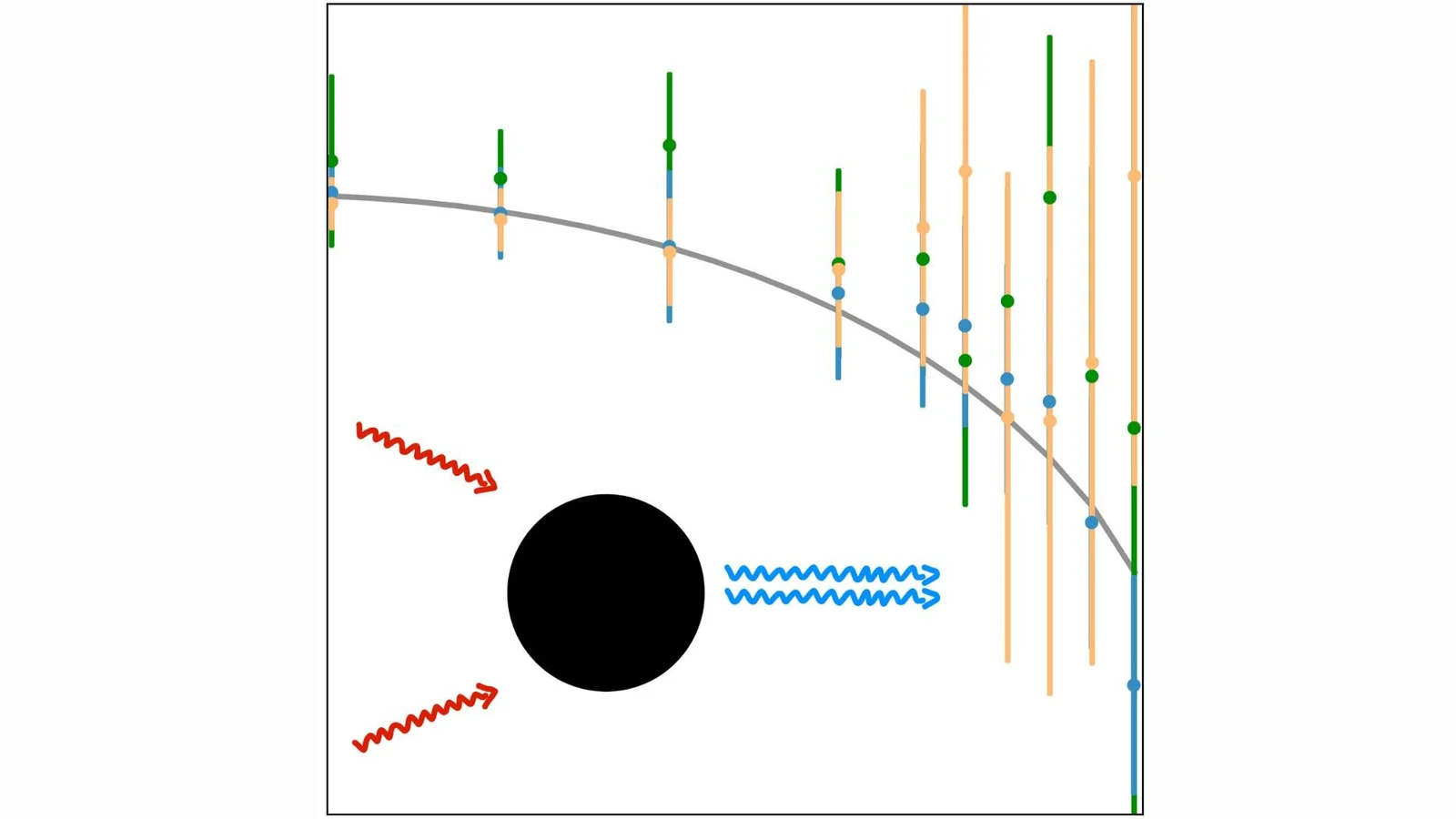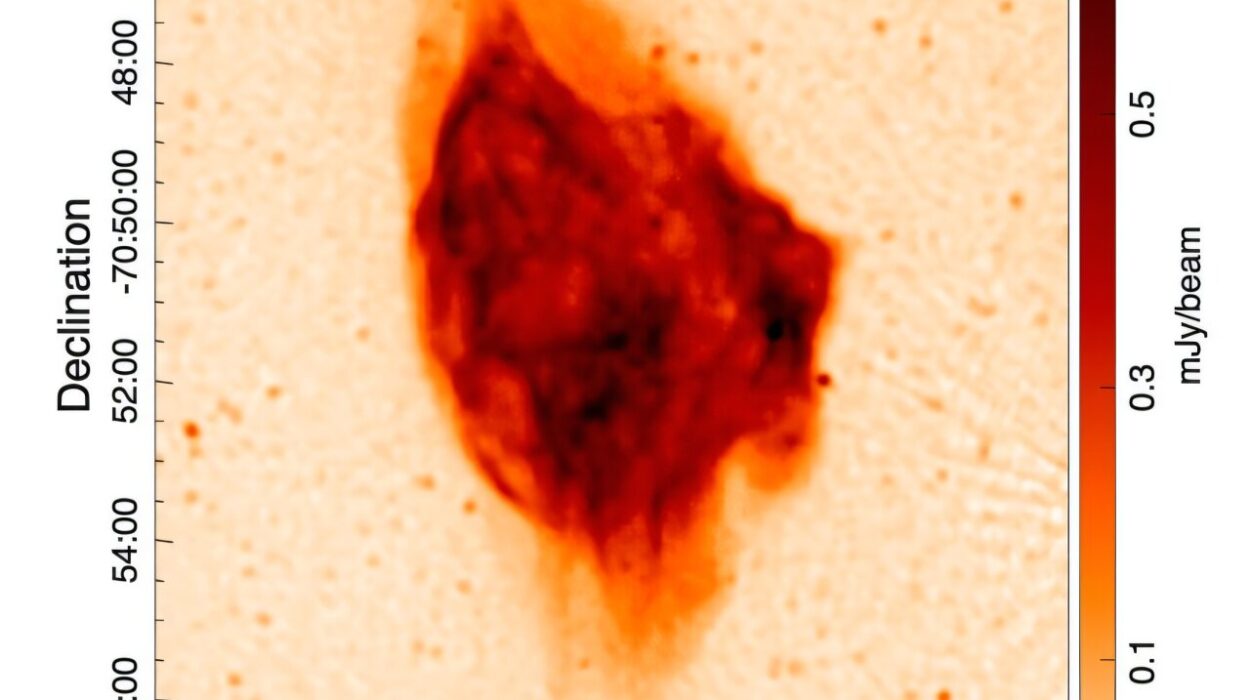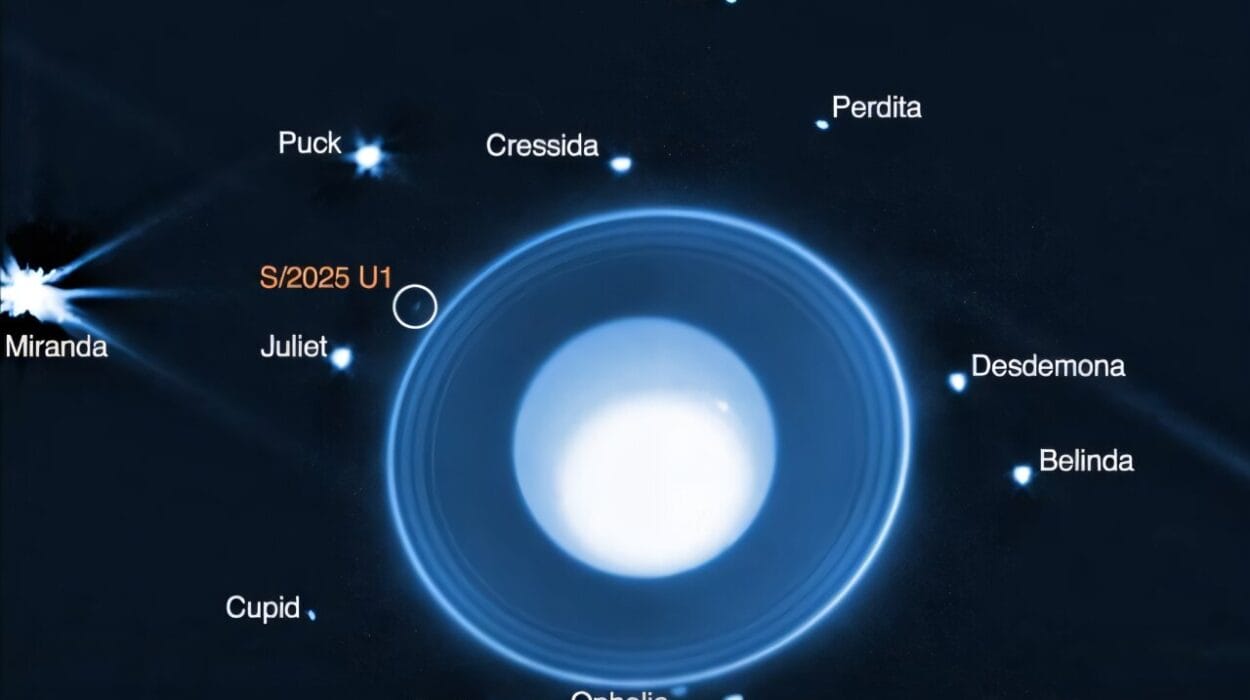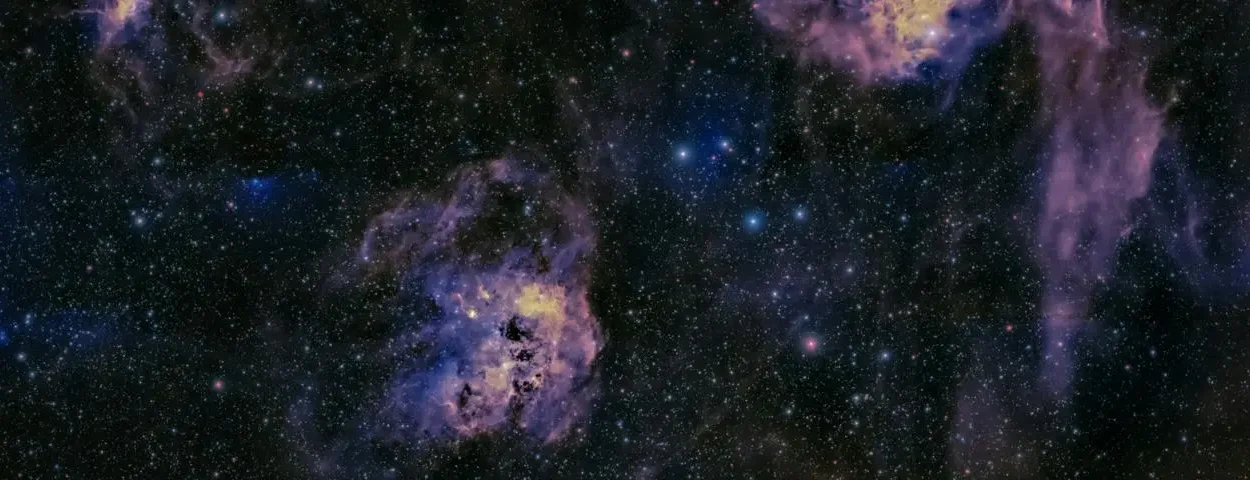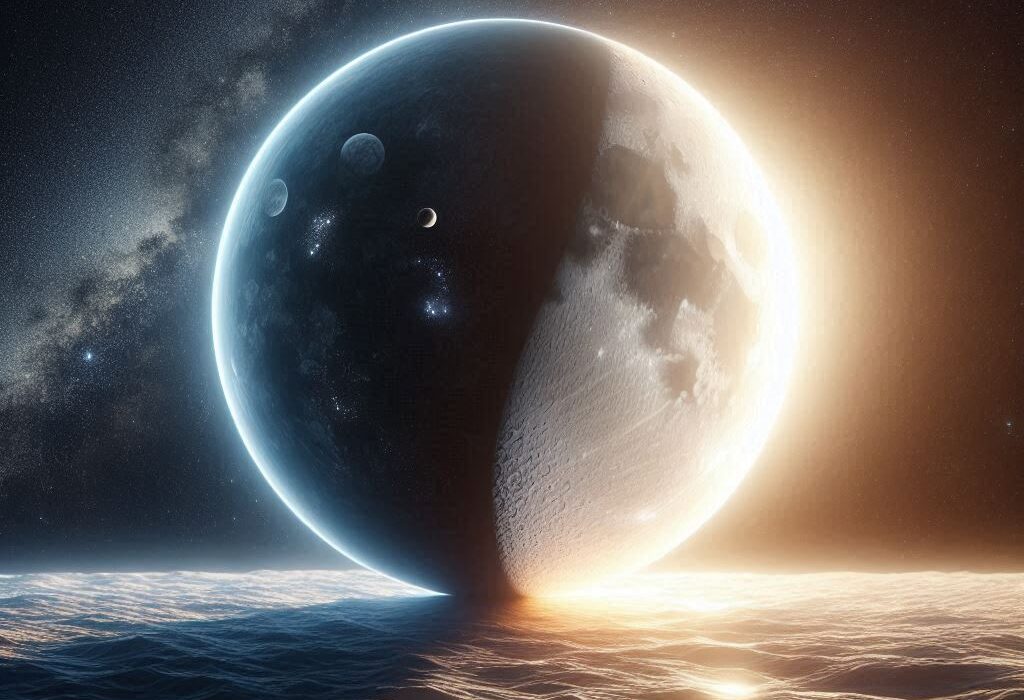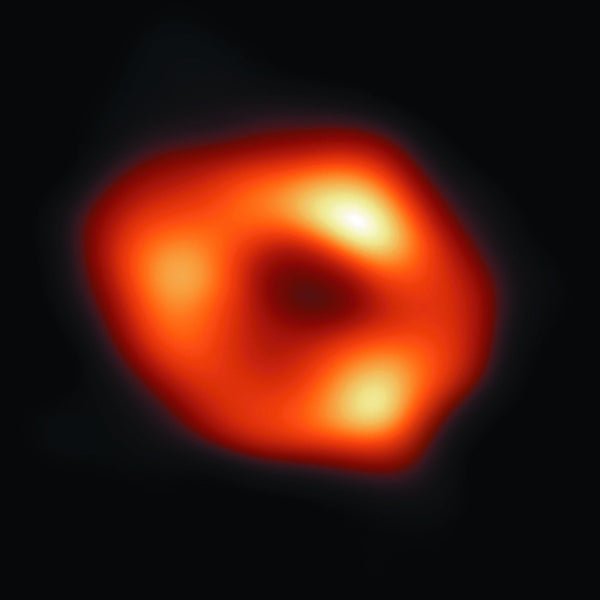In the silent symphony of the cosmos, black holes are the universe’s most enigmatic percussionists. When two of these celestial giants collide, the universe doesn’t respond with fireworks, but with tremors—ripples in the very fabric of spacetime known as gravitational waves.
For years, scientists thought they understood the basic rhythm of this cosmic drumming. But now, a groundbreaking study published in Physical Review Letters reveals that these cosmic mergers don’t just produce simple echoes—they sing intricate, layered harmonies that were hidden until now. A team of physicists has proposed a rich theoretical framework revealing that black hole “ringdowns”—the final, fading oscillations after a merger—are far more complex than previously believed.
When Two Titans Collide: The Cosmic Ringdown
The merger of two black holes is among the most cataclysmic events in the universe. These are not collisions in the conventional sense; they’re violent fusions of warped spacetime, where gravity flexes with unfathomable intensity.
But even after the titanic merger, the newborn black hole doesn’t settle into silence. It vibrates like a struck bell, sending out gravitational waves as it stabilizes. This “ringdown” phase has long been considered the tail-end of the story—predictable, linear, and mathematically clean.
Or so we thought.
In reality, this dying echo is anything but simple. It’s not just a fading note. It’s a choir of interacting voices, each frequency interfering, amplifying, and reshaping the others in subtle, nonlinear ways. Scientists have long suspected these hidden notes existed, predicted by Einstein’s century-old theory of general relativity. But until now, the full complexity of these nonlinear interactions had eluded confirmation.
A Century-Old Theory Gets a Powerful Upgrade
“This is something I’ve been fascinated with for years,” said Dr. Huan Yang of Tsinghua University, a co-author of the study. “General relativity is inherently nonlinear. When gravitational waves pass through the intensely curved spacetime near black holes, they should interact—not behave like simple ripples on a pond.”
Indeed, Einstein’s equations do not describe a world of tidy cause-and-effect. They predict that gravity is not just a force but a geometric warping of reality itself. And in that warped fabric, waves can twist around and collide with each other in unpredictable ways.
Dr. Yang and his collaborators decided to take this idea seriously. Building upon the foundational Black Hole Perturbation Theory, which dates back over fifty years, they developed two new analytical approaches to probe these intricate post-merger vibrations.
The first used a complex mathematical contour technique to trace the oscillations beyond linear limits. The second, a hyperboloidal time-slicing method, cleverly sidestepped the traditional problems of coordinate singularities by using a unique temporal lens to observe the equations more directly. Think of it like tilting a mirror just right to see a reflection you didn’t know was there.
These methods uncovered “quadratic mode couplings”—secondary oscillations that arise when primary vibration modes interact. In musical terms, it’s like a chord resolving into unexpected harmonics, shaped by the interplay of its notes.
When Equations Reveal the Unexpected
Their analysis revealed something striking: there are four distinct channels through which these quadratic effects can emerge. Each channel represents a unique pathway of interaction, defined by the contributions of two primary modes.
But one of these channels—where both parent modes contribute with negative coefficients—always disappears. Not sometimes. Always. Regardless of the black hole’s spin, mass, or symmetry, this channel vanishes from the equations, as though nature itself had forbidden it.
This discovery isn’t just mathematically elegant—it’s physically profound. It reveals a fundamental constraint built into the very structure of spacetime.
“The fact that this channel vanishes universally stems directly from the core mathematical structure of general relativity,” explained Yang. “It’s not something you could guess. You have to derive it.”
Importantly, these predictions resolve long-standing mismatches between theoretical models and full numerical simulations of black hole behavior. Earlier studies had spotted inconsistencies in how ringdown signals were expected to evolve—but no one knew why. Now, the puzzle is falling into place.
Listening for the Hidden Notes
So why does this matter? Why dig so deeply into the hidden aftershocks of a black hole merger?
Because every frequency, every oscillation, is a direct probe of gravity itself.
The theory of general relativity has passed every test we’ve thrown at it. But it’s not the end of the story. Physicists know it must eventually break down—perhaps at the quantum scale, or near singularities. The key to new physics might lie in its extremes, and there are few environments more extreme than a black hole’s ringdown.
But detecting these subtle nonlinear effects isn’t easy. They’re faint whispers beneath the roar of the main gravitational wave signal. Current observatories—like LIGO and Virgo—are just beginning to reach the sensitivity needed to catch glimpses of these elusive harmonics.
To assess their observability, the team conducted a sweeping analysis of signal strengths under different conditions. They modeled how various combinations of black hole mass, spin, and alignment affect the visibility of these quadratic couplings.
The results are promising.
Ground-based detectors like the upcoming Cosmic Explorer and space-based observatories like LISA (Laser Interferometer Space Antenna) will likely be sensitive enough to detect these nonlinear echoes with high confidence.
“We found that for total system masses between 60 and 80 solar masses—especially with maximally spinning black holes—the nonlinear signals could reach signal-to-noise ratios well above 10,” Yang said.
In gravitational wave astronomy, that’s loud enough to be clearly heard.
The Beginning of a New Era
This breakthrough marks a turning point—not just in gravitational wave research, but in our fundamental understanding of gravity.
It’s one thing to confirm Einstein’s predictions in linear regimes. It’s something else entirely to push into the nonlinear frontier, where spacetime doesn’t just respond to disturbances—it talks back.
These findings hint at a deeper language embedded in the universe’s most dramatic events. If scientists can decode it, we may finally be able to construct a “complete” ringdown waveform—a universal fingerprint of black hole birth. Such a waveform would serve as a testbed for the most extreme physics we can observe, and could even point toward new laws of nature.
“There are still many types of nonlinear effects we don’t fully understand,” Yang noted. “Quadratic coupling is just one piece of a much larger puzzle. Ultimately, our goal is to describe black hole ringdowns in their full glory—without approximations, without omissions.”
Echoes Beyond Einstein
In the years ahead, as detectors grow sharper and data accumulates, these newly predicted signals may become routine tools for testing gravity. More than that, they may open windows into phenomena Einstein never imagined—from quantum corrections near event horizons to exotic particles predicted by string theory or modified gravity.
And somewhere out there, perhaps in the faint hum left behind by two colliding black holes a billion light-years away, lie clues to the future of physics.
The universe is still ringing from those events. We’re just beginning to learn how to listen.
Reference: Neev Khera et al, Quadratic Mode Couplings in Rotating Black Holes and Their Detectability, Physical Review Letters (2025). DOI: 10.1103/PhysRevLett.134.211404. On arXiv: DOI: 10.48550/arxiv.2410.14529
